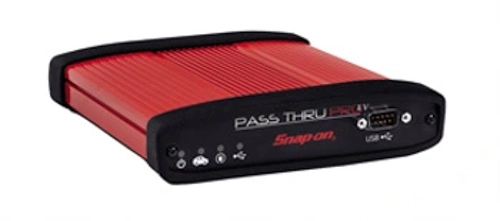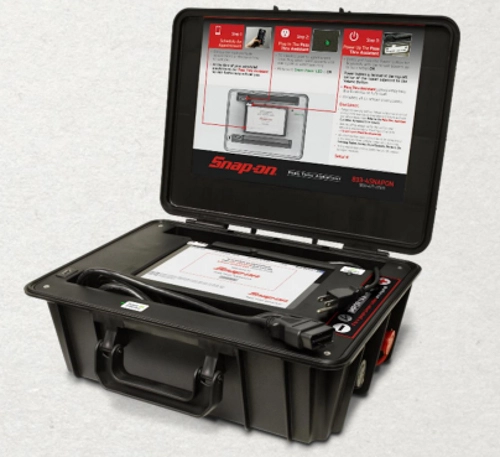LINCOLNSHIRE, Ill., February 2024
There is a bit of confusion in our industry with the two words: reflash and relearn. Personally, I think it is the industry’s fault. As an industry, we use many words that mean the same thing. We also use words that seem the same but in actuality, they are not.
For example, the word reflash can be referred to as a program, reprogram, flash, flash tune, tune, remapping, upload, download, pass-thru, new software, new firmware and coding. It is also mistakenly referred to as relearn, hence the confusion.
The word relearn can be referred to as a learn, reset, change setting, adjust, calibration, recalibration and refresh.
Some folks use these two words synonymously, although they absolutely do not mean the same thing.
To make matters worse, each OEM approaches and categorizes these various relearns differently. Depending on the OEM, they might be found under functional tests, output controls, special functions, actuator tests or module setup.
You know when you experience your cell phone or laptop notifying you of an update from time to time? The update actually replaces the existing software/firmware in your device with an updated version. It sends the update from the manufacturer through the cloud, to your device. The updated version of the software will enhance something or maybe many things about your phone or laptop. It may even correct an issue.
That is what a reflash is to a vehicle’s computer. By replacing the existing software with updated OEM software, drivability or emission issues and more can be fixed. Most often a technical service bulletin (TSB) will have led you to the conclusion that a reflash is needed.
To reflash a vehicle computer requires a J2534 PASS-THRU device, a Windows® computer, an internet connection, access to the manufacturer's website, a license to download the manufacturer’s files and a regulated battery supply.
The device is the interface between a PC or laptop and the vehicle’s OBD connector. The new software from the OEM is delivered through the internet to the PC or laptop. Then the software will pass through to the vehicle’s computer.

Most professional technicians and shop owners would never want to tie up a scan tool to do a reflash which could take up to an hour. A separate J2534 PASS-THRU device, as shown below, is the most efficient way to handle the job.

As I mentioned, success with reflashing a vehicle’s computer depends on a technician’s training and experience. Reflashing a computer on a vehicle can be quite dangerous as well to the vehicle’s computer network. Proper training and experience can reduce that danger. Each OEM’s reflashing process is unique. The software that is downloaded to your PC or laptop when the operating software for the PASS-THRU device is installed is called the J2534 Toolbox®. Note the training options and videos available.

An alternative option to carrying out a reflash yourself can be done by using a PASS-THRU Assistant. Basically you set up an appointment, make a phone call and let a reflash expert take care of it while you work on another project.

I hope it is obvious that reflash has nothing to do with relearn. Relearn/resets are done through a scan tool.
A vehicle’s computer needs to relearn after a major change. The vehicle’s computer and the electronic components in its network are like a family. If a component gets replaced, there is a new family member in the network. A relearn must take place to “introduce” the new family member to the network (the family.) I call it a handshake. Think of a relearn as a handshake, introducing the new member to the rest.
Looking at a Snap-on® TRITON-D10™ scan tool, I can see all available resets and relearns available with one push of a button. The vehicle seen below shows 68 different resets and relearns available.

Below is a partial list of the 68 components that would require a relearn. It’s no big deal as you just hit a button in most cases and it is done. What is a big deal is knowing when I need to do one. This TRITON-D10 has a very useful feature called Fast-Track® Intelligent Diagnostics where it will filter through those 68 resets and relearns and only list what is relevant to the trouble code.

In the sample below with a P0300 code requiring a crankshaft position sensor (CKP) replacement, the only thing we need to do is a CKP variation relearn. Failure to do this will probably result in a check engine light or a comeback.

Reflash and relearn are two vastly different procedures. Use TSBs and OEM level repair information like ShopKey® Pro to determine the need for a reflash. Use Fast-Track Intelligent Diagnostics or the master list of available resets and relearns to see what might be needed, based on what was replaced.
Click here for more on this topic, and for so much more, visit Snap-on’s technical article pages.